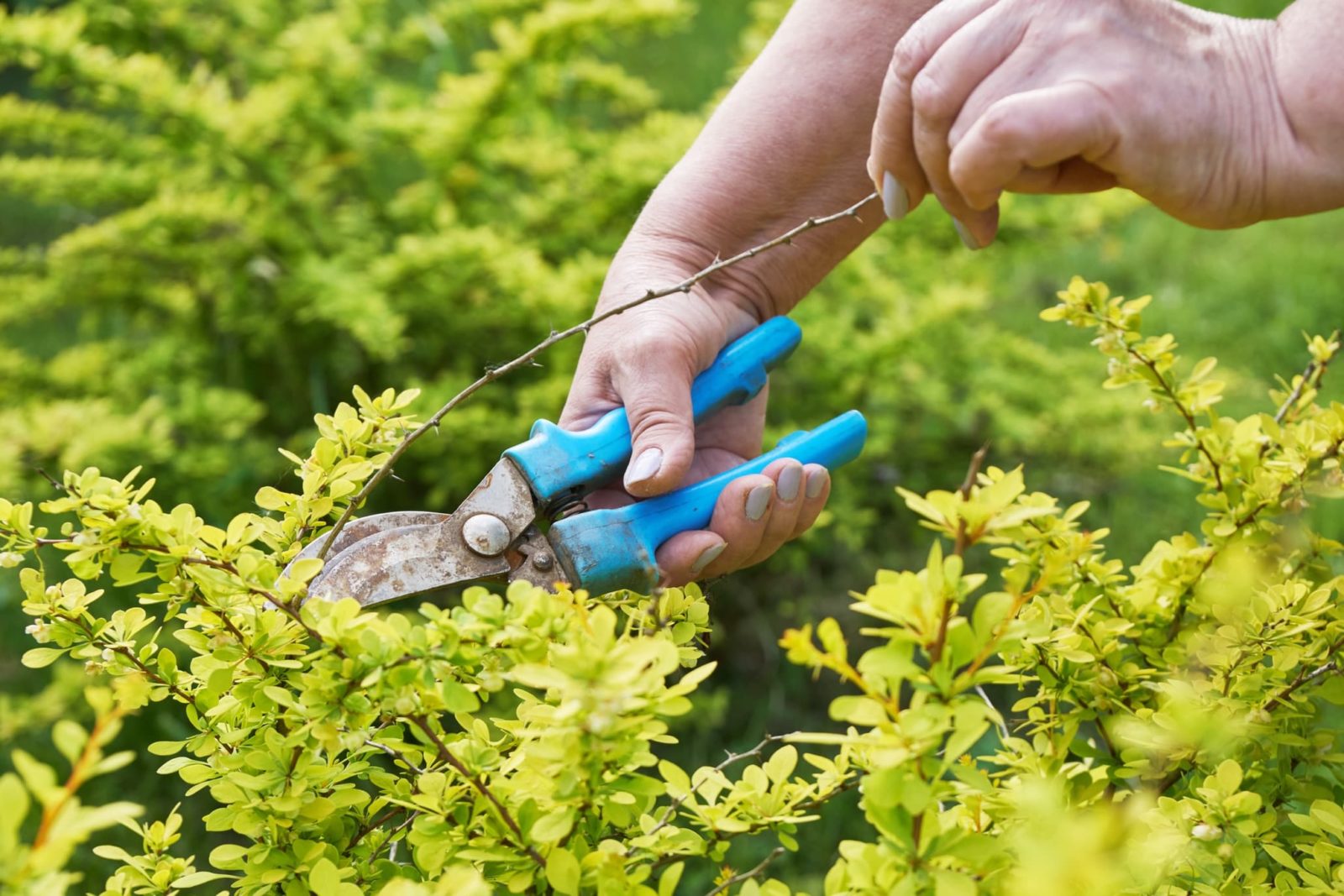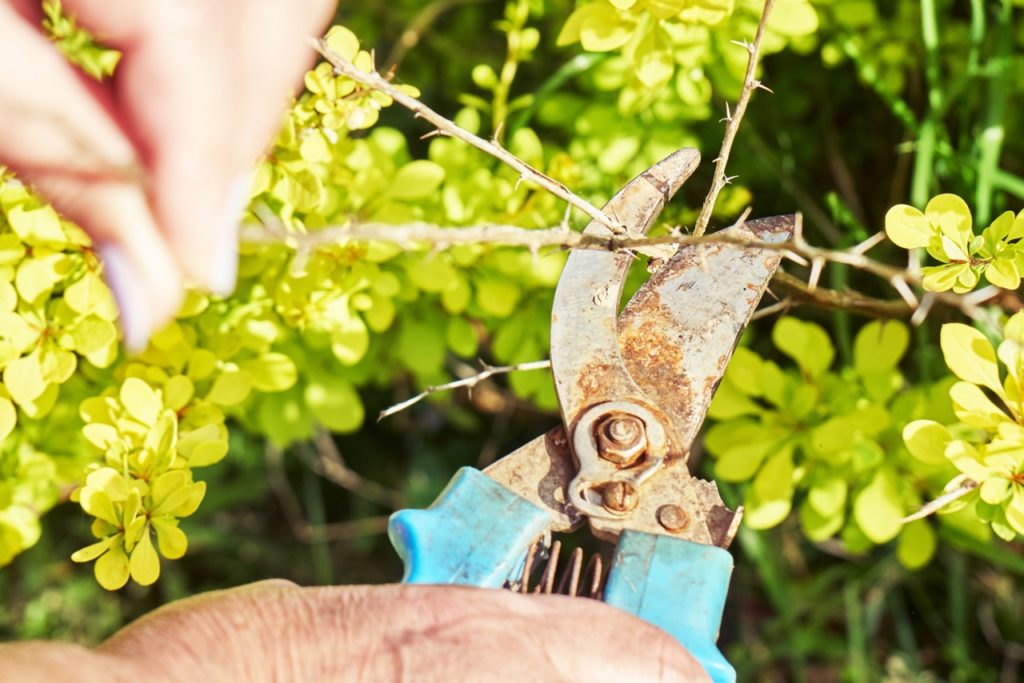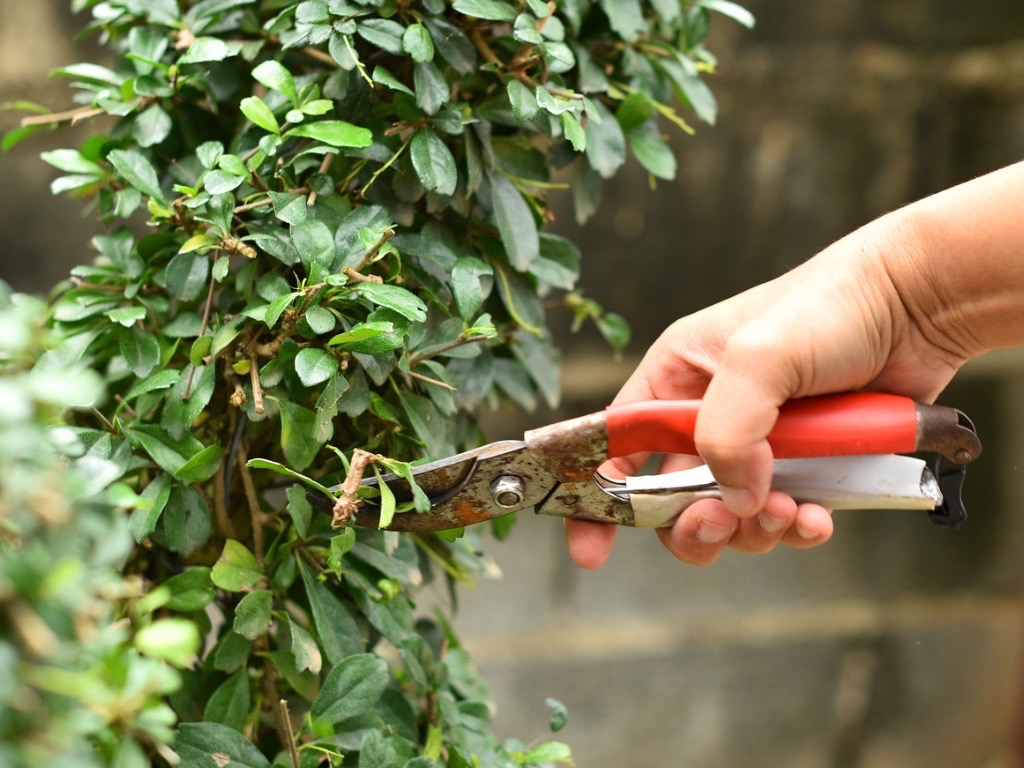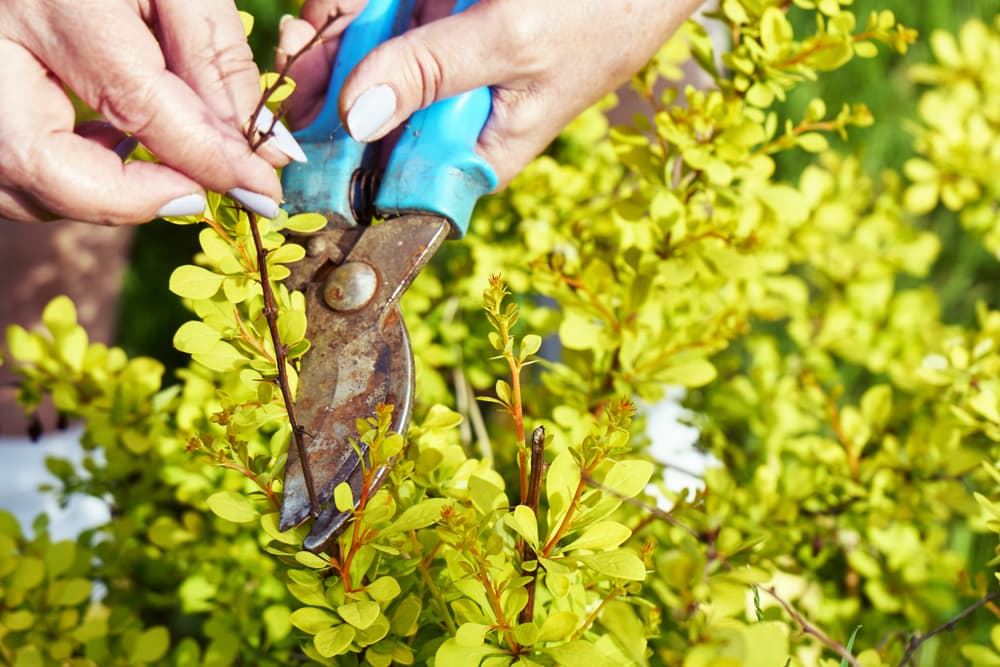Pruning Berberis Varies By Deciduous And Evergreen Types (But Can Be Pruned Back Hard)


Elizabeth is a Permaculture Garden Designer, Sustainability Consultant and Professional Writer, working as an advocate for positive change. She graduated from the University of St. Andrews with an MA in English and Philosophy and obtained a Diploma in Applied Permaculture Design from the Permaculture Association.
Reviewed By COLIN SKELLY

Colin is a Horticulturist and Horticultural Consultant with experience in a range of practical and managerial roles across heritage, commercial and public horticulture. He holds the Royal Horticultural Society’s Master of Horticulture award and has a particular interest in horticultural ecology and naturalistic planting for habitat and climate resilience.
BERBERIS GUIDES
Berberis can be very easy and straightforward shrubs to grow in your garden.
They do not typically require a lot of care and can be good choices for relatively low-maintenance displays.
When it comes to pruning berberis, many types will not typically need regular maintenance pruning at all.
However, if you are keeping them neat, as hedging for example, then you will need to prune them more often, and specimens that have become very large can often be pruned dramatically and respond well.
How you prune berberis will depend on whether you are growing a deciduous or evergreen type, as we discuss in this article.
| Difficulty | Easy |
| Equipment Required | Secateurs, gloves, pruning saw (optional) |
| When To Prune | Depends on type |
Pruning Deciduous Types
Berberis thunbergii are the most popular deciduous berberis to grow.
These, and most other deciduous types, should be pruned in mid to late winter, during the plants’ dormant phase.
Dead wood can also be removed in mid-summer when it is easier to identify.
Where plants are grown for autumn colour, it is typically best to keep pruning to a minimum.
Just remove dead, damaged or diseased branches as required.
You can also prune out a few of the oldest stems to ground level every few years, since this encourages new shoots with more vibrant foliage.

Types like ‘Aurea’ and ‘Rose Glow’ with bright and variegated leaves can be cut back harder to enhance the spring display if you wish.
Taller, upright cultivars like ‘Helmond Pillar’ may also benefit from the removal of errant shoots to preserve their shape.
If you are growing deciduous berberis for hedging, you can clip them in summer to keep them neat, but note that this will mean that you will miss out on their berries.
“I always wear a thick pair of gloves when I’m pruning Berberis species due to their spiny nature,” shares Master Horticulturist Collin Skelly.
“Whilst a character trait needing avoidance by gardeners, this attribute does make Berberis a great deterrent barrier should you need one.”
Pruning Evergreen Types
Most evergreen berberis needs only minimal pruning to remove unwanted or errant shoots.
This pruning should be undertaken (if required) immediately after flowering in early to mid-summer, or, alternatively, in autumn or winter if you want berries to form.

The popular Berberis darwinii can become very large and since the shrubs only flower and fruit on branch tips, in confined spaces, it can be a good idea to prune annually to keep the shrub looking good, as well as to restrict it in size somewhat.
Again, formal hedges can be clipped in summer, but as with deciduous types, if you do so you won’t get berries later in the year.
Informal hedges are best pruned in autumn or winter by simply shortening any stems that appear out of place.
Dramatic Renovation Pruning
Though you don’t necessarily have to prune berberis much at all, especially when growing smaller and more compact, slower-growing types, you can prune back hard if necessary.

These shrubs respond well to hard pruning and if you have a very large or overgrown specimen, this could be something to consider.
Hard renovation pruning involves cutting the whole plant back to as little as 30cm above ground level in late winter.
Mulch with organic matter after pruning for the best chance of recovery.

New, healthy growth should emerge in the spring, but note that after such hard pruning, the shrub will not flower and fruit during the same growing season.
